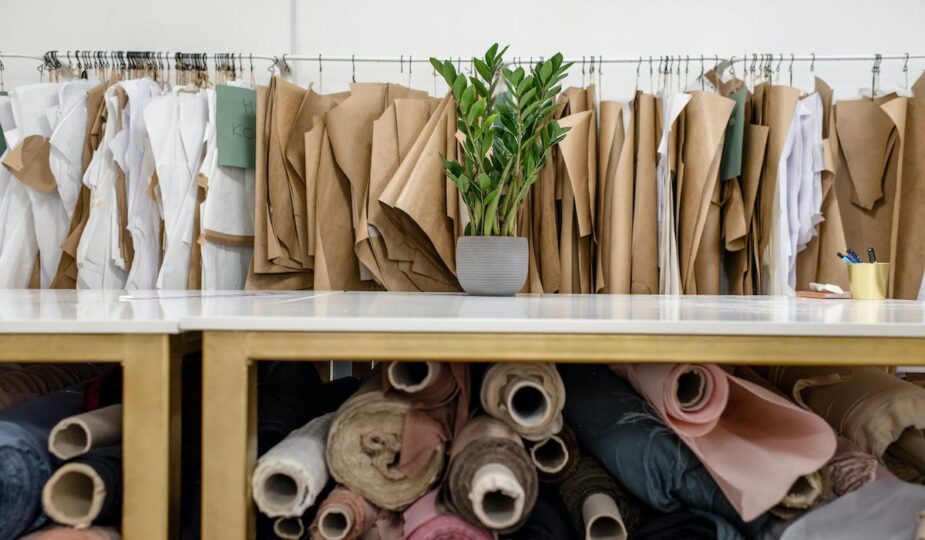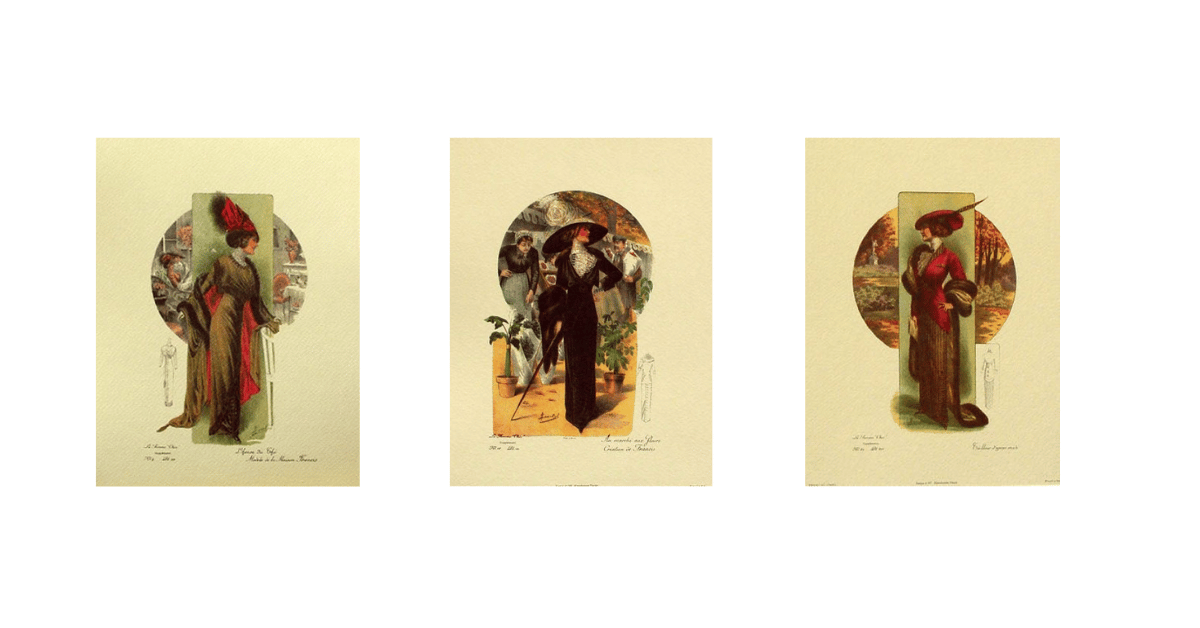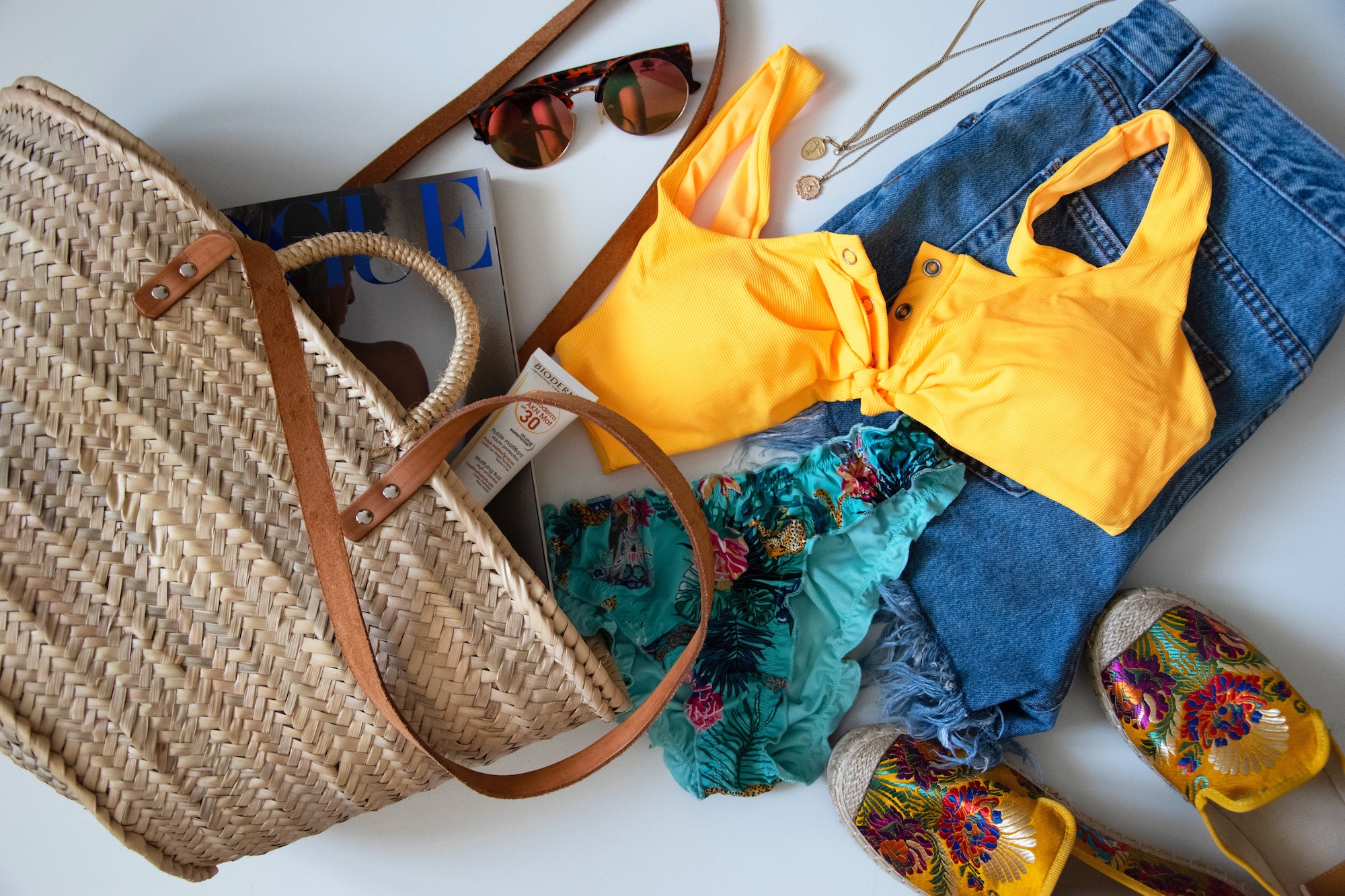The fashion industry has always been at the forefront of innovation, constantly evolving to meet the ever-changing demands and desires of consumers. In recent years, the marriage of fashion and technology has given birth to a new era of possibilities, transforming the way we design, produce, market, and consume clothing.
From sustainable fabrics to augmented reality shopping experiences, fashion technologies are reshaping the industry. This article explores the myriad ways in which these technologies are revolutionizing the world of fashion.
- 3D Design and Prototyping
3D design and prototyping are transforming the way clothing is designed and manufactured. Designers use 3D software to create realistic virtual prototypes of their designs, reducing the need for physical samples and cutting down on waste. Body measurements 3D also allow for better-fit accuracy and the creation of complex, innovative designs.
- Sustainable Fabrics and Materials
Sustainability is no longer a buzzword; it's a fundamental principle in the fashion industry. Designers and manufacturers are turning to innovative, eco-friendly materials and processes to reduce the environmental impact of clothing production. Some notable advancements include:
a. Recycled Fabrics: Brands are increasingly using recycled materials like PET bottles, discarded fishing nets, and old textiles to create sustainable fabrics. These fabrics are not only environmentally friendly but also appealing to consumers who are becoming more eco-conscious.
b. Bioengineered Textiles: Lab-grown fabrics, such as mushroom leather and spider silk, are emerging as ethical alternatives to traditional materials. They reduce the need for resource-intensive practices, like animal farming and land cultivation.
c. Sustainable Dyeing Techniques: Waterless dyeing and digital printing methods are significantly cutting down water and chemical usage in the production of textiles.
d. 3D-Printed Fashion: 3D printing allows for precise, on-demand manufacturing, which reduces waste. Designers are experimenting with this technology to create unique, personalized garments.
- Augmented Reality (AR) and Virtual Reality (VR)
AR and VR technologies are revolutionizing how consumers interact with fashion. They offer immersive and interactive experiences that bridge the gap between physical and digital shopping. For instance:
a. Virtual Fitting Rooms: AR-powered virtual fitting rooms enable shoppers to try on clothing and accessories without ever setting foot in a physical store. This technology reduces the need for in-store changing rooms and returns.
b. 360-Degree Product Visualization: VR allows consumers to view products from all angles, helping them make more informed purchasing decisions. This technology is particularly useful for high-end fashion, where attention to detail is crucial.
c. Virtual Fashion Shows: With the advent of VR, fashion shows are no longer exclusive events for the elite. Anyone with a VR headset can enjoy a front-row seat, creating a more inclusive fashion experience.
- Artificial Intelligence (AI) and Machine Learning
AI is becoming a powerful tool in the fashion industry, enhancing everything from design and production to marketing and customer service. Some key applications include:
a. Trend Forecasting: AI algorithms analyze vast amounts of data, including social media trends, sales figures, and historical data to predict upcoming fashion trends. This enables designers and retailers to make more informed decisions about their collections.
b. Personalized Shopping: AI-driven recommendation engines help consumers discover fashion items tailored to their preferences, boosting sales and enhancing the overall shopping experience.
c. Design Assistance: AI assists designers in generating new ideas, automating repetitive tasks, and streamlining the design process.
d. Supply Chain Optimization: Machine learning can be used to optimize inventory management, predict demand, and reduce waste in the supply chain.
- Blockchain for Transparency
Blockchain technology has the potential to revolutionize the fashion industry by increasing transparency in the supply chain. Brands are using blockchain to track the journey of a garment from raw materials to finished products, ensuring authenticity and ethical sourcing. This technology helps combat issues like counterfeit products, unfair labor practices, and environmental concerns.
- Smart Clothing and Wearable Tech
The convergence of fashion and technology has led to the development of smart clothing and wearable technology. These innovations are transforming the way we interact with our clothing and the world around us. Examples include:
a. Smart Fabrics: Fabrics embedded with sensors and microelectronics that can monitor and adjust to the wearer's body temperature, providing enhanced comfort.
b. Wearable Fitness Tech: Clothing and accessories with built-in fitness tracking capabilities, such as heart rate monitors and step counters, have gained popularity.
c. Augmented Reality Fashion: Some designers are incorporating AR elements into their clothing, allowing wearers to change patterns, colors, or designs at the touch of a button.
d. Interactive Garments: Interactive garments that respond to touch, motion, or even environmental factors are pushing the boundaries of what clothing can do.
- Digital Fashion
Digital fashion is a relatively new concept that's gaining traction in the fashion industry. It involves the creation of clothing and accessories designed exclusively for the digital world. These digital garments are used in video games, virtual reality experiences, and on social media platforms. Digital fashion enables individuals to express themselves and explore their style in virtual spaces.
- Sustainable Supply Chain Management
Fashion brands are turning to technology to improve their supply chain sustainability. Blockchain, IoT (Internet of Things), and data analytics are being used to trace the entire lifecycle of a garment, from the raw materials used to the conditions in which it's manufactured. This transparency helps consumers make informed choices, encourages ethical production, and minimizes waste.
- Fashion Robotics
Robots are making their way into fashion in various capacities. Automated sewing machines can produce clothing at a faster pace, reducing human labor and errors. Robots are also used in fulfillment centers to pick and pack orders efficiently.
Conclusion
Fashion technologies have ushered in a new era of innovation and sustainability in the industry. From sustainable materials and supply chain transparency to augmented reality shopping experiences and AI-powered trend forecasting, these technologies are shaping the way we design, produce, and consume fashion.
As the industry continues to evolve, fashion and technology will remain closely intertwined, offering consumers new and exciting ways to engage with clothing and accessories. Fashion, once thought of as an art form, is now also a frontier of technological advancement, and the possibilities are limitless.



